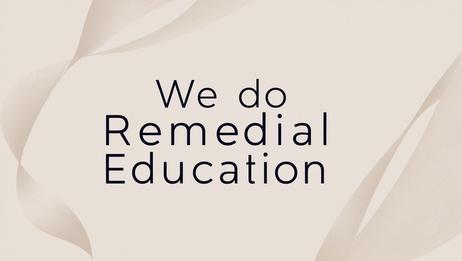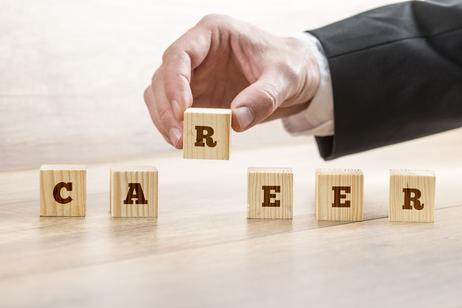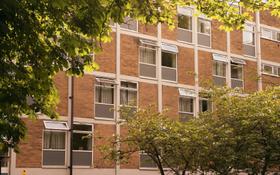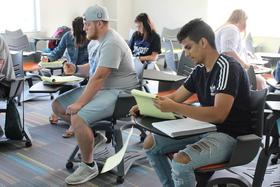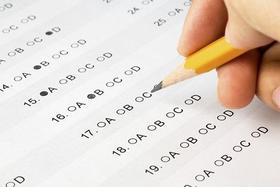How Community Colleges Are Changing Remedial Education
Community colleges provide educational opportunities for many students who might not otherwise have access to higher education. First-generation college students, single parents, and other nontraditional students make up a significant percentage of the community college population.
- For those who enter community college straight after high school and for those who have already completed some higher-level coursework, community college is a less challenging transition than for those who have been out of school for years or who are pursuing higher education for the first time.
- Many nontraditional students struggle when there is a gap between what they already know when they set foot on campus for the first time and what they are expected to know.
- That’s where remedial education comes in.
- Unfortunately, a review of years of remedial education has revealed that, instead of helping students succeed in their college careers, it acts as a brick wall that prevents them from moving forward.
- Keep reading to learn more about the history of remedial education and what community colleges are doing to change it.

What is Remedial Education?
Remedial education exists at all levels of education, from grade school to post-secondary education. A remedial program is typically designed to close the gap between what a student knows and what they are expected to know, typically in math and reading courses. Simply put, remedial instruction is designed to help struggling students

